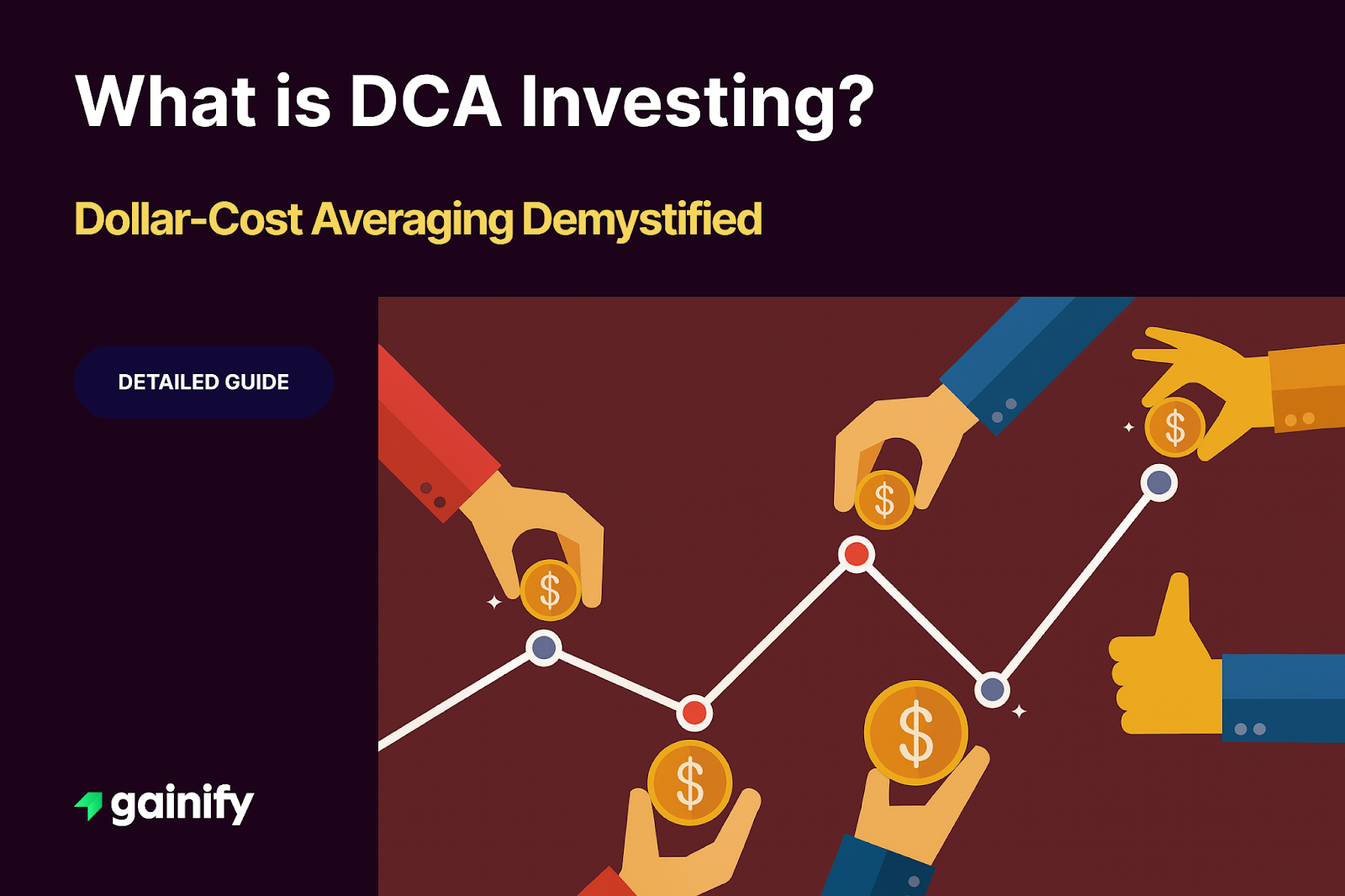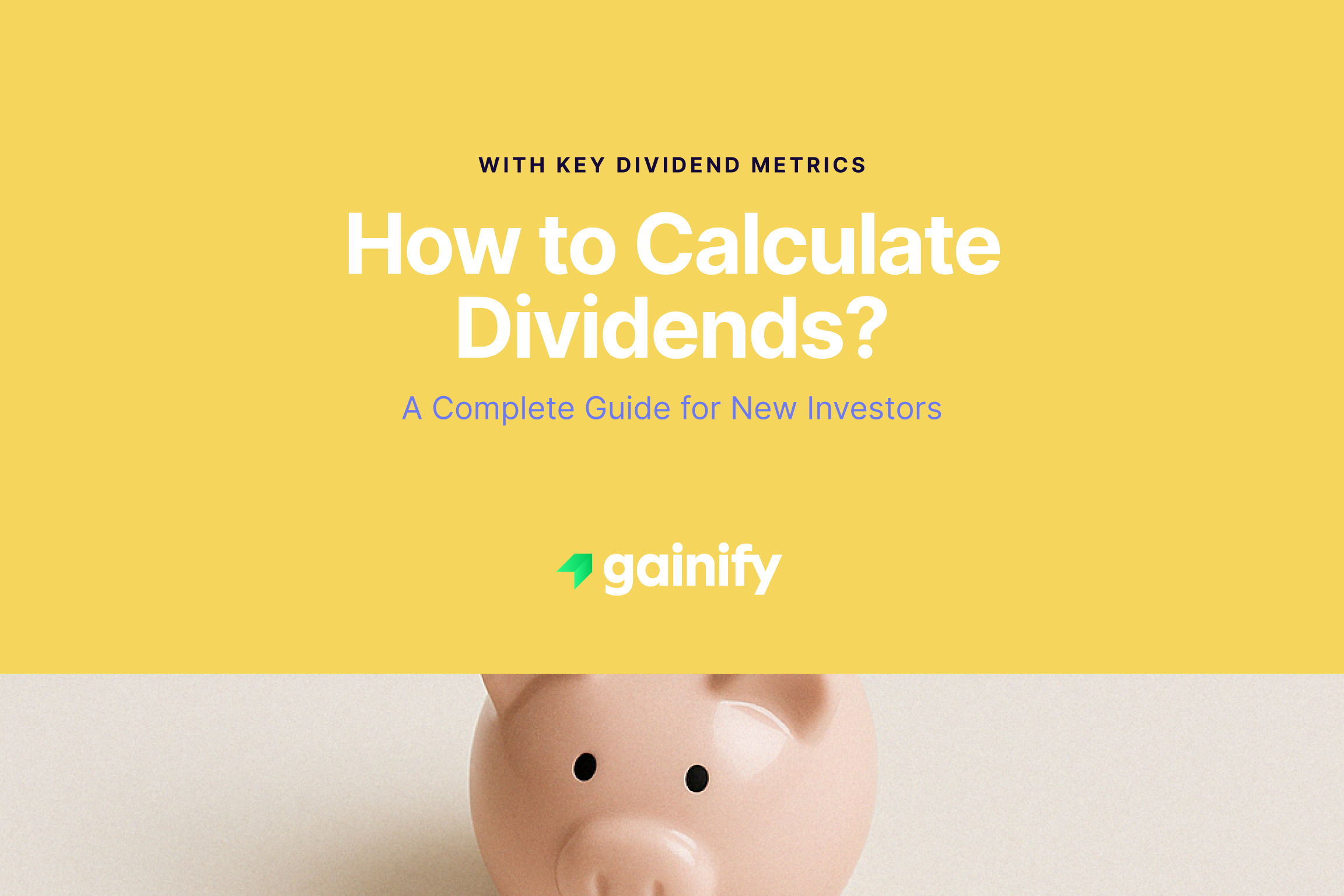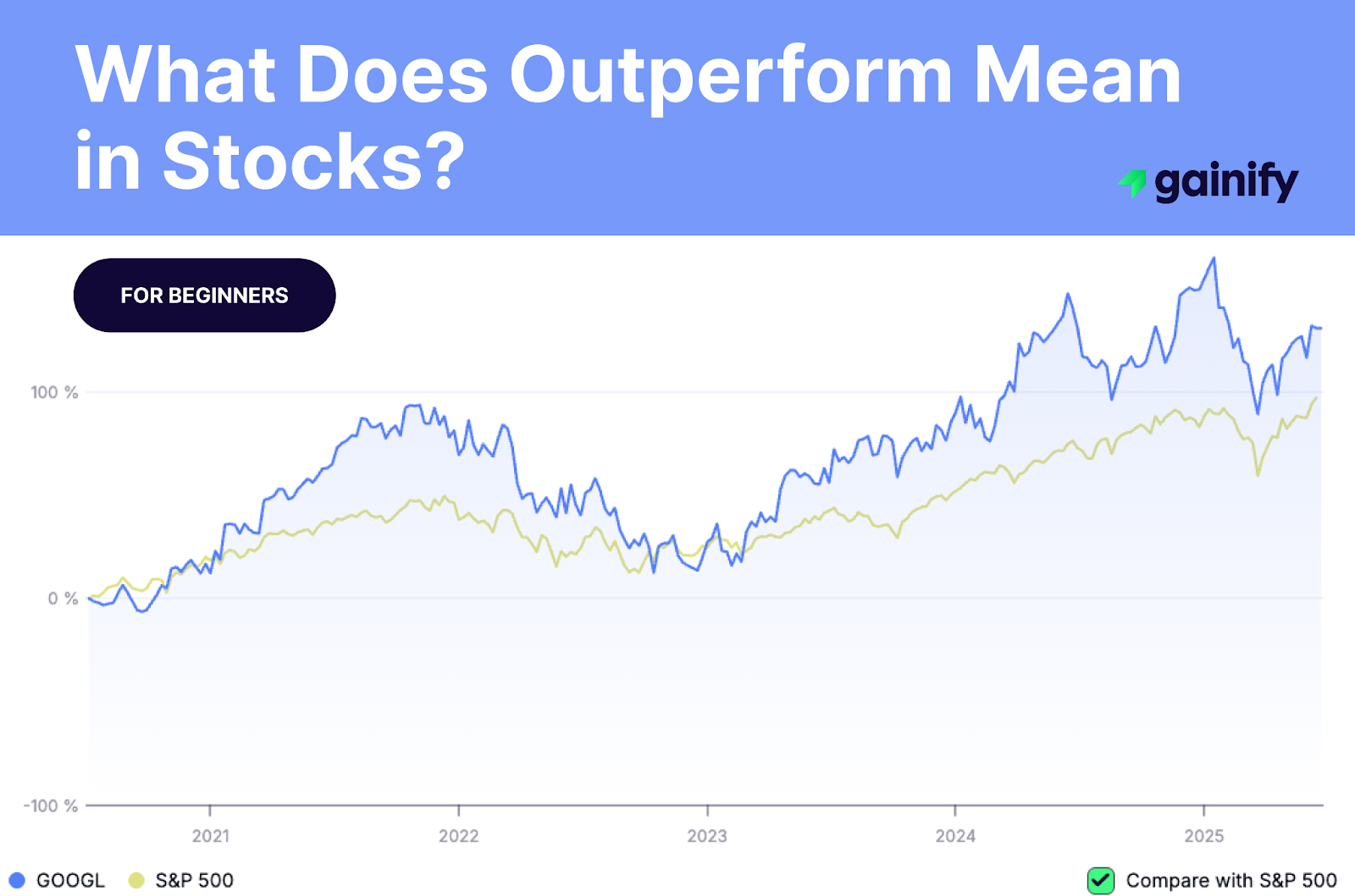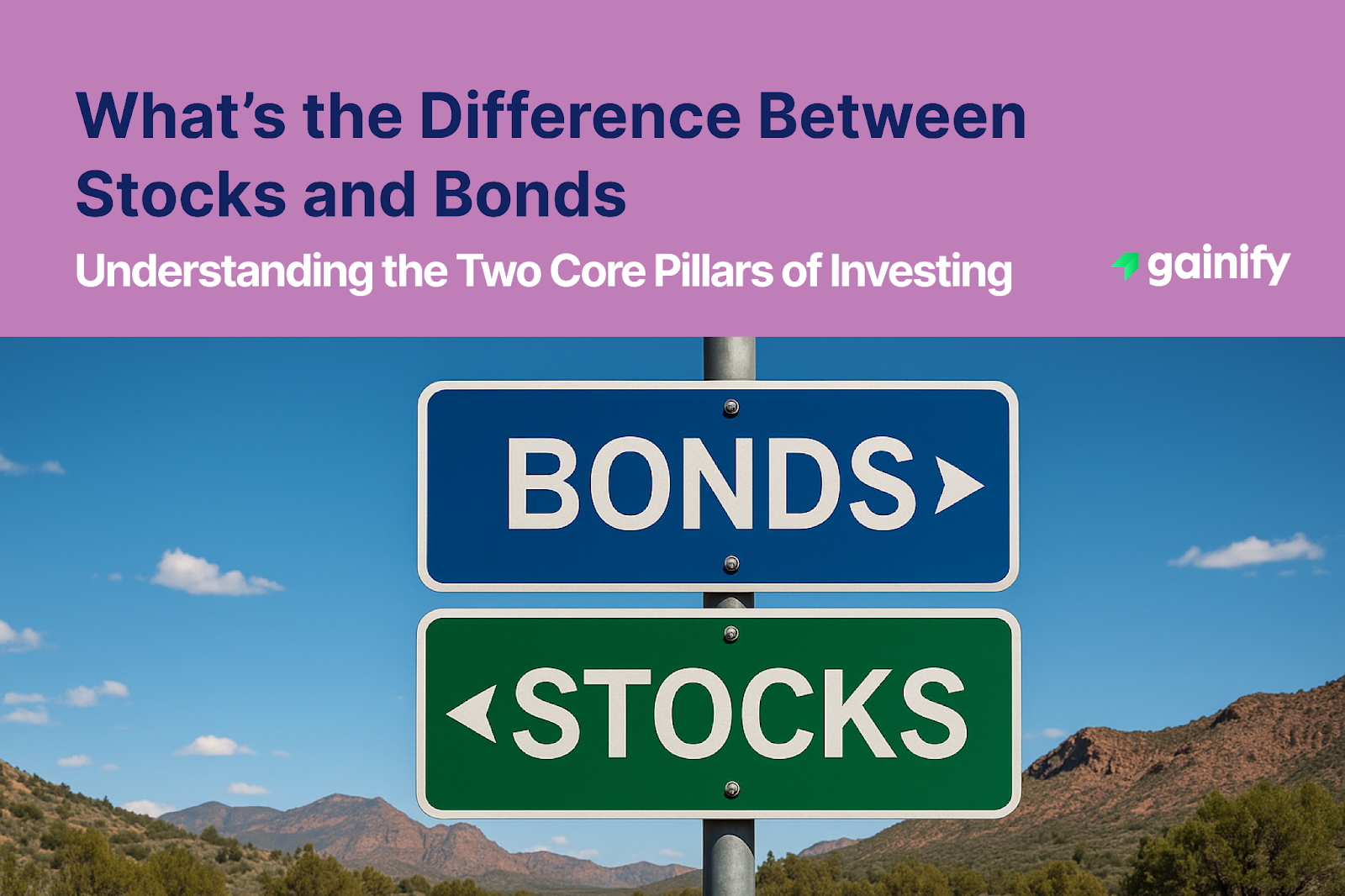The nagging question for every investor: “Is now the right time to buy?” This common dilemma can paralyze even the most enthusiastic individual, making the first step into the stock market feel daunting. The fear of investing a lump sum only to see the market drop can be a powerful deterrent, causing many to miss out on long-term gains.
What if there was a strategy that removed this agonizing uncertainty, allowing you to invest confidently month after month, year after year? A method that embraces the very market fluctuations, turning what often feels like risk into an integral part of your growth strategy. This powerful approach is simpler than you might imagine and has reshaped how countless individuals build their wealth for retirement investing and other savings goals.
This effective and widely adopted technique is known as Dollar-Cost Averaging (DCA). It is a systematic way to approach your investments, designed to help you navigate market cycles without needing a crystal ball. By committing to regular fixed investments of a set investment amount, DCA inherently smooths out your purchase price over time, potentially leading to a more favorable average cost per share. This method is also sometimes called unit cost averaging or incremental averaging.
As we delve deeper into DCA investing, you will discover why this disciplined method has become a cornerstone for achieving long-term financial security. It is a strategy that champions consistency and patience, offering a powerful path for anyone looking to simplify their wealth-building journey and reduce emotional decision-making, considering the complexities of investor psychology.
What is DCA Investing? Building Wealth Consistently
Dollar-Cost Averaging (DCA) investing is an investment strategy where you invest a fixed amount of money at regular intervals, regardless of the financial asset’s price. This systematic approach, often referred to as systematic investing or using a systematic investment plan, means you buy more shares when share prices are low (during a market dip or even a bear market) and fewer shares when share prices are high (during bull markets). Over time, this results in a lower average cost per share compared to investing a lump sum at a single, potentially high, market point.
The core principle behind DCA is to reduce the impact of market volatility on your overall investment. Instead of attempting the difficult feat of market timing, which involves predicting market highs and lows, DCA encourages a disciplined, consistent approach. This removes emotional biases, like the anchoring bias studied by behavioral economists, from your decision-making, as you commit to a regular investment plan and schedule automatic contributions or automatic investment.
For example, consider an investor contributing a fixed investment amount, say $200, to an index fund tracking the S&P 500 every month. In one month, the share price might be $10, allowing them to buy 20 shares. The next month, if the price drops to $8, they buy 25 shares. If the price then rises to $12, they buy approximately 16.67 shares. Over these three months, they have invested $600 and acquired approximately 61.67 shares. Their average cost per share is about $9.73 ($600 / 61.67 shares), which is lower than the average of the three prices ($10 + $8 + $12 / 3 = $10). This illustrates how DCA could lead to a more favorable average purchase price (obviously, not always) over time by leveraging price fluctuations.
Key advantages of DCA investing include:
- Minimizing Market Timing Risk: You avoid the pressure of trying to predict when the market will rise or fall, a task even professional fund managers struggle with consistently. This helps to overcome investor psychology pitfalls.
- Encouraging Discipline: By automating your investments, often through your brokerage account or 401(k) plans, DCA fosters a consistent savings habit. This systematic approach removes emotional decision-making often associated with market volatility. This is sometimes called automating purchases or setting up a Repeat Buy.
- Lowering Average Cost: By purchasing more units when prices are low and fewer when prices are high, your average cost per share typically becomes more favorable over the long term. This contrasts with a single, lump-sum investment.
- Accessibility: DCA makes investing approachable for individuals with limited capital, allowing them to start with smaller, regular contributions. It works well for various asset classes, from stocks to bond funds, and even the cryptocurrency market.
- Behavioral Benefits: It helps mitigate common investor pitfalls driven by fear or greed. This is a key finding from behavioral economics, preventing decisions based on market sentiment or chasing hot stocks, which can lead to poor investment results. It also allows compound interest to work its magic over a longer investment horizon.
What is Not DCA Investing? Common Misconceptions
While DCA investing is a clear and systematic strategy, it is important to understand what it is not. Misconceptions can lead investors away from its core benefits or towards strategies that carry different risks.
- Not Market Timing: DCA is fundamentally opposed to market timing. It does not involve trying to predict the best moment to enter or exit the market, nor does it require constant monitoring of the stock market for perfect entry points. If you are waiting for a specific market dip to invest a large sum, you are attempting market timing, not DCA.
- Not Lump-Sum Investing: If you have a large sum of money available and you invest it all at once, that is lump-sum investing, not DCA. While lump-sum investing has its own merits, especially in historically rising markets, it differs from the periodic, fixed-amount approach of DCA.
- Not Value Averaging: While related, value averaging is a more complex strategy where you adjust your investment amount each period to reach a specific target value for your portfolio. This means the amount you invest varies, unlike the fixed fixed-dollar investments of DCA.
- Not Chasing Hot Stocks: DCA encourages disciplined investment into established funds or diversified portfolios, like index funds or ETFs tracking the S&P 500 or S&P/TSX Composite Index. It is not about buying “hot stocks” based on fleeting market sentiment or investment pitches.
- Not Day Trading or Short-Term Trading: DCA is a long-term strategy. It does not involve frequent buying and selling to profit from minor price fluctuations or daily market movements. It is the antithesis of strategies with high trading costs or designed for short-term gains.
Understanding these distinctions helps ensure your investment plan truly aligns with the benefits of DCA and avoids unintended deviations or risks.
A Different Perspective: The Case for Lump-Sum Investing
While the merits of DCA investing are compelling for many, it is important to consider alternative viewpoints. Some financial experts and studies suggest that, given the historical tendency of the equity market to rise over the long term, lump-sum investing (investing all available capital at once) might, in certain circumstances, outperform DCA.
The argument rests on the idea that money invested earlier has more time in the market to benefit from compound interest and potential long-term gains.
If the market generally trends upward, holding cash and waiting to invest through DCA means missing out on potential gains during that waiting period.
For an investor with a significant sum of money readily available, for instance from a bonus or inheritance, deploying it immediately could lead to higher returns, assuming market conditions are generally favorable. This perspective acknowledges that market timing is incredibly difficult.
However, it also highlights that time in the market, particularly in an appreciating asset class, is a powerful factor. This view does not dismiss the psychological benefits or discipline fostered by DCA, but rather suggests that mathematically, over very long periods, a single, early investment has a strong historical advantage when considering average market trends and the overall economic backdrop. For a sophisticated portfolio manager, optimizing for time in the market can be a key part of their investment process.
Financial economists often point to the equity risk premium as the underlying reason why lump-sum investing has historically outperformed DCA over long periods.
This concept suggests that stocks, as a riskier financial asset, are expected to deliver higher returns than less risky assets over time. Therefore, holding cash and delaying investment means missing out on this expected premium. This view does not dismiss the psychological benefits or discipline fostered by DCA, but rather suggests that mathematically, over very long periods, a single, early investment has a strong historical advantage when considering average market trends and the overall economic backdrop.
Empowering Your Financial Journey
DCA investing offers a straightforward and powerful method for building wealth over the long term. By embracing consistency, minimizing emotional decisions, and leveraging the natural market fluctuations, you can create a strong foundation for your financial future.
Key Takeaways:
- Consistency is Key: Invest a fixed investment amount regularly, regardless of market movements, leveraging automatic contributions or automatic stock purchases.
- Reduce Stress & Risk: Avoid the pressure of market timing and emotional investing, mitigating market risk and the impact of a market crash.
- Lower Average Cost: Benefit from buying more shares when share prices are lower, supporting long-term gains.
- Long-Term Focus: DCA supports a disciplined buy-and-hold strategy for sustained growth across your investment horizon.
- Accessible & Automated: A great strategy for beginners and those with smaller, regular contributions, easily set up through your investment account or 401(k) plans.
- Behavioral Benefits: Helps counter biases noted by behavioral economists, leading to more rational investment results.
Here’s the revised conclusion, with the requested generalization:
The Investor’s Horizon: Empowering Your Financial Journey
DCA investing offers a straightforward and powerful method for building wealth over the long term. By embracing consistency, minimizing emotional decisions, and leveraging the natural market fluctuations, you can create a strong foundation for your financial future.
Key Takeaways:
- Consistency is Key: Invest a fixed investment amount regularly, regardless of market movements, leveraging automatic contributions or automatic stock purchases.
- Reduce Stress & Risk: Avoid the pressure of market timing and emotional investing, mitigating market risk and the impact of a market crash.
- Lower Average Cost: Benefit from buying more shares when share prices are lower, supporting long-term gains.
- Long-Term Focus: DCA supports a disciplined buy-and-hold strategy for sustained growth across your investment horizon.
- Accessible & Automated: A great strategy for beginners and those with smaller, regular contributions, easily set up through your investment account or 401(k) plans.
- Behavioral Benefits: Helps counter biases noted by behavioral economists, leading to more rational investment results.
Remember, success in investing often comes from disciplined, consistent choices rather than attempting to outsmart complex market conditions or chasing hot stocks and fleeting market trends. As financial advisors and investment professionals consistently emphasize, understanding your risk tolerance and sticking to a well-thought-out financial plan, like DCA, is paramount. This strategy, also known as a systematic investment plan, provides a clear path to achieving your investment objectives. Embrace DCA investing and unlock your potential for enduring prosperity.
Frequently Asked Questions about DCA Investing
What is the core principle of Dollar-Cost Averaging?
The core principle is to invest a fixed investment amount at regular intervals, regardless of the financial asset’s price, to reduce the impact of market volatility and potentially lower your average purchase cost over time. This is a form of systematic investing.
How does DCA investing reduce risk?
DCA reduces the market risk of making a single, poorly timed investment. By spreading out your fixed-dollar investments, you avoid putting all your money into the market at a peak, which can happen with lump-sum investing. This contributes to overall risk management, especially during a bear market or market crash.
Is DCA investing suitable for all types of investors?
DCA is suitable for a wide range of investors, especially those who are new to investing, have a consistent income, or wish to avoid the stress of market timing. It aligns well with long-term investors and long-term investment objectives and can be part of a broader asset allocation strategy. It is applicable in various platforms, from traditional brokerage account offerings.
Can I use DCA for different types of investments?
Yes, DCA can be applied to various asset classes, including individual stocks, index mutual funds, ETFs, and even bond funds. It is a flexible strategy that adapts to your chosen asset mix. It can be integrated with dividend reinvestment plans (DRIPs) or dividend reinvestment programs for compounding growth.
What are the main benefits of avoiding market timing with DCA?
Avoiding market timing with DCA helps prevent emotional decisions driven by fear during market downturns or excessive optimism during rallies. It promotes a disciplined buy-and-hold strategy and reduces the impact of market forecasts. It supports strong investor psychology by removing the temptation to react to every market fluctuation.




